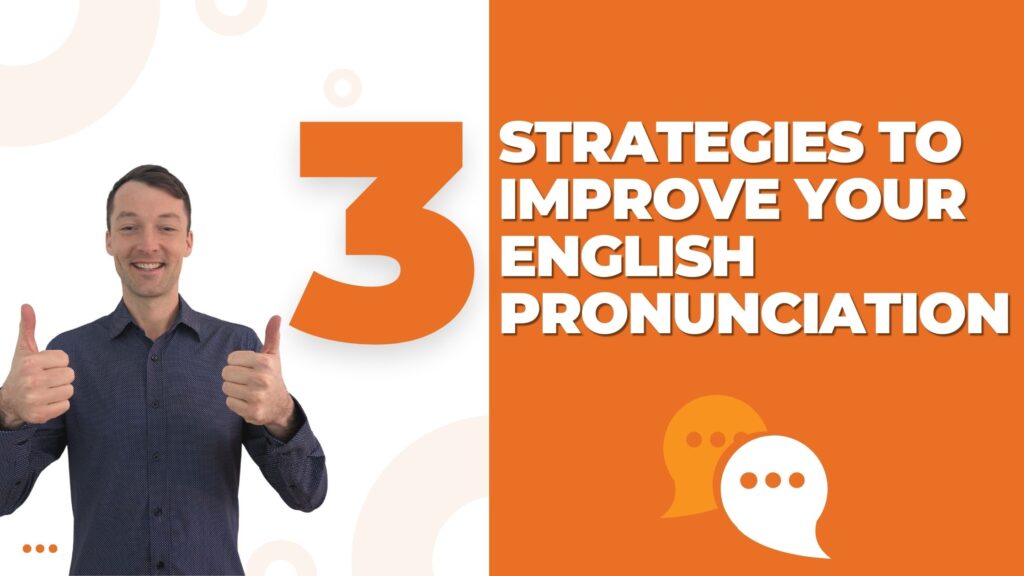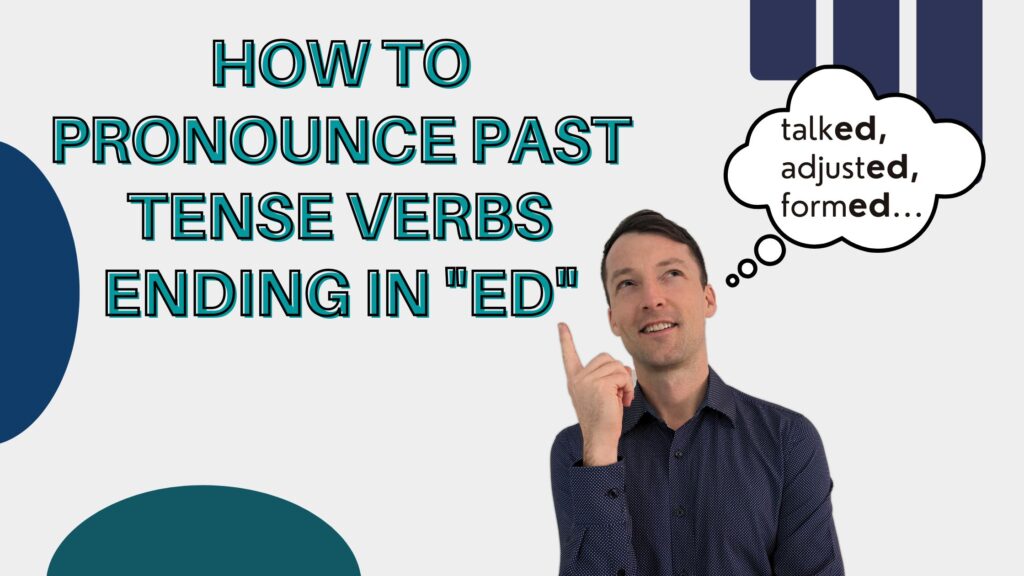Learning English can sometimes be confusing because English has two present tenses, the simple present tense and the present progressive (which is the “ing” in English”). Most English learners wonder which to use in everyday settings.
Subscribe to our YouTube Channel to see all of our lessons and get the latest videos right away!
Today I talk about the differences between the two tenses and how to know which one to use. At the end you can download a sheet that will give you practice using the two tenses correctly.
The Present tense in English – When do you use it?
The simple present in English is the tense we use most often. It is easy to form. Here is the verb “work” in the simple present:
I work in a bank.
You work in a bank.
He/She/It works in a bank.
We work in a bank.
They work in a bank.
The simple present may also be negative (I don’t work in a bank.). You can ask a question with it as well (Does he work in a bank? Where do they work?). We use the present tense in English in the following situations:
- Repeated actions, a habit, or something we do over and over again.
Every day I go to work.
Every morning she drinks coffee.
On Mondays she doesn’t drive her car.
Every year I visit my family.
Do they travel to Chile every summer?
2.Facts.
Paris is the capital of France.
My neighbor has two dogs.
It snows in the winter.
3. Words showing time: first, next, then, after that.
I wake up at 6:00 am. Then I take a shower. Next, I eat breakfast. After that I leave for work.
4. Words that tell how often you do something: always, often usually frequently, occasionally, seldom, rarely, never
We always watch TV after dinner.
It sometimes snows in May in Colorado.
I usually drive to work.
Does he often eat hamburgers?
The Present Progressive (the “ing” in English)–When do you use it?
The present progressive (also called the present continuous) is also easy to form. You use the be verb plus the “ing” form of the main verb in your sentence.
I am working today. I’m working today.
You are working today. You’re working today.
He/She/It is working today. She’s working today.
We are working today. We’re working today.
They are working today. They’re working today.
Just like the simple present, the present progressive can be negative (I’m not working today). And just like the simple present, you can ask a question with the present progressive (Are you working today? Where is he working now?). However, unlike the simple present, we don’t use the present progressive to talk about what we do every day. We use it, instead, to talk about what we are doing right now.
The following words tell you that you need to use the present progressive: now, right now, at the moment, today, these days, this year.
I am listening the the radio in my car right now.
She is cooking dinner at the moment.
This year I am studying English.
What are you reading this week in your class?
Sometimes we can mix the two tenses in the same sentence, or in the same conversation.
I usually drive to work, but my car is broken. So today I’m riding the bus. I always listen to the radio in my car, but I’m not listening to the radio now.
Remember: We don’t ever say, “Every morning I’m driving to work.” This is a very common mistake when students are learning English and wondering about the simple resent in English vs. the “ing” form in English.
There is one other way the present progressive or “ing” form is used. When we are talking about something that will happen in the near future (only a few days from now), we often use the present progressive.
Tomorrow I’m traveling to New York.
In three days he’s coming to visit me.
Here are a few additional rules. When you think about the present tense in English vs. the present progressive, there are some verbs, usually ones that don’t show action, that are used in the simple present most of the time, even if they are happening right now.
- Verbs that show being: be:
I am a student this year.
2. Verbs that show emotion: love, hate, like, dislike
Last year I disliked vegetables, however I like them now. (Perhaps you have heard the MacDonald’s ad, “I’m loving it!” That is actually incorrect English! It should be “I love it!”).
3. Verbs that talk about your senses or your appearance: hear, see, taste, smell, feel, sound, look seem
He looks tired today.
4. Verbs that show a need or a preference: want need, prefer
My refrigerator broke and I need a new one now!
5. Verbs that show mental action: think, agree, disagree, know, understand,remember, believe, mean,guess, worry
Last year I didn’t know how to speak English, but this year I know a lot of English.
6. Verbs that show possession: have, own, belong
I was a renter last year, but now I own my home.
7. Verbs that show measurement: cost, weigh, owe
My cat weighs 8 pounds.
Now, when you look at the present tense in English vs. the present progressive and wonder which one to use, you have some simple rules. To sum up, the simple present is mostly for what you do over and over, and the present progressive is mostly for what you are doing right now. Which tense do you think English speakers use most often? If you answered, “The simple present,” you are correct. Many people learning English overuse the present progressive, but now you know how each tense is used.
Idioms of the day:
- To sum up— to review the most important parts of a lesson or a discussion. The professor always sums up the lesson at the end of class.
- To put your best foot forward–to do your best to make a good impression. I have a job interview tomorrow, so I need to put my best foot forward. I want the interviewer to like me.
In the next post I talk about the three ways the letters “ed” in the past tense are pronounced.





